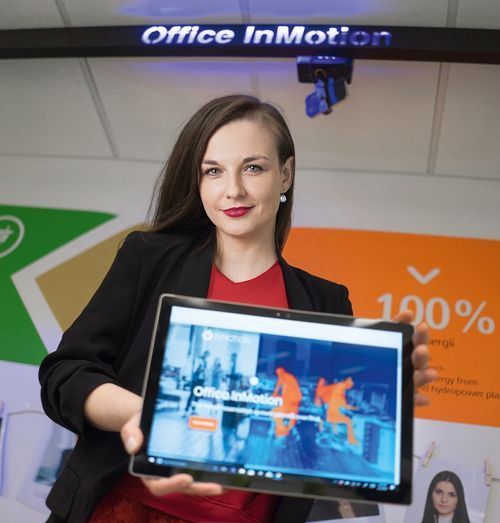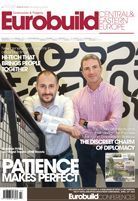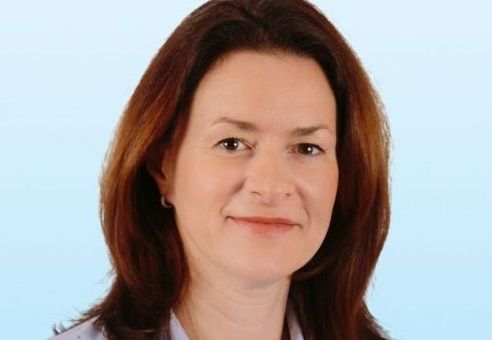It seems like just a few years ago when we were all astonished at the vision of the future we were given by the advent of BMS systems – tools that could take control of and analyse every technical aspect of a building’s operations, thus opening up a plethora of new options for property developers and owners as well as architects and property managers. But today BMS is already old hat and its original sin has been discovered: it only works one way – the ordinary building user is only the provider of the information it processes and cannot actively influence the system or learn from it on an ongoing basis. And, as a result, the benefits of BMS go unnoticed by the everyday employee.
Quick and safe
Interactivity, however, lies at the heart of the Connected by Skanska system, which is designed for all the users of the office building. Furthermore, everyone takes an active part in shaping the system and can see and feel its positive effects each day. Connected by Skanska































































